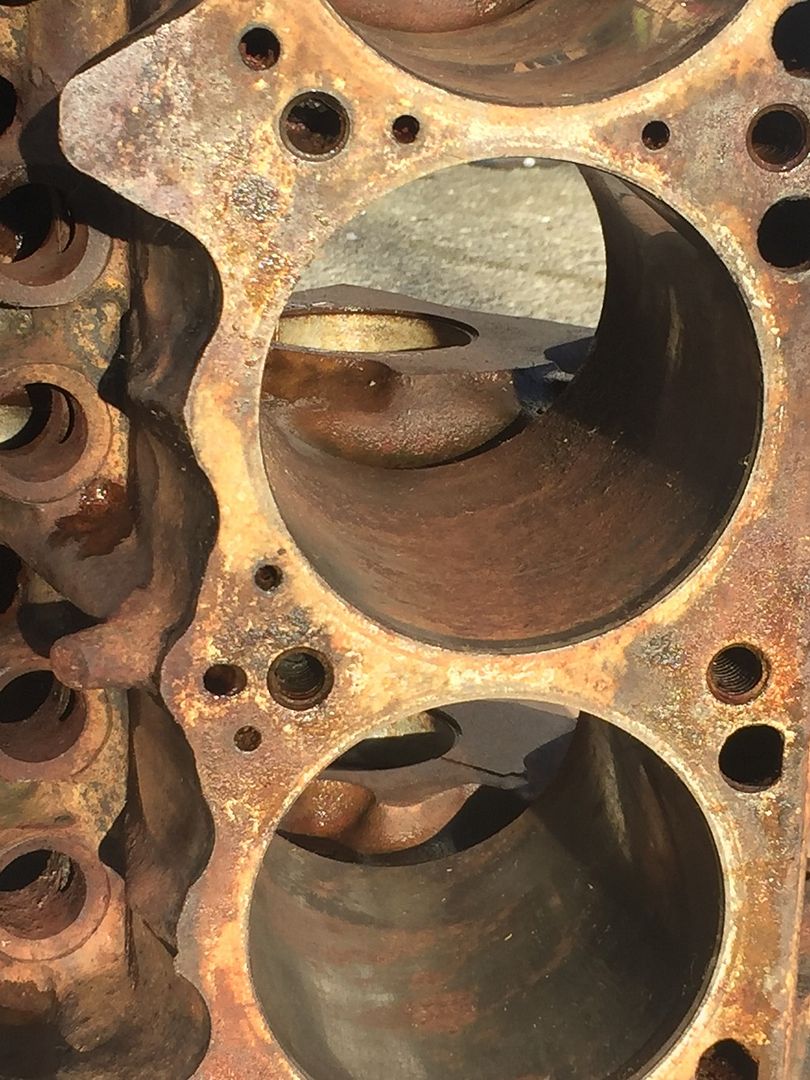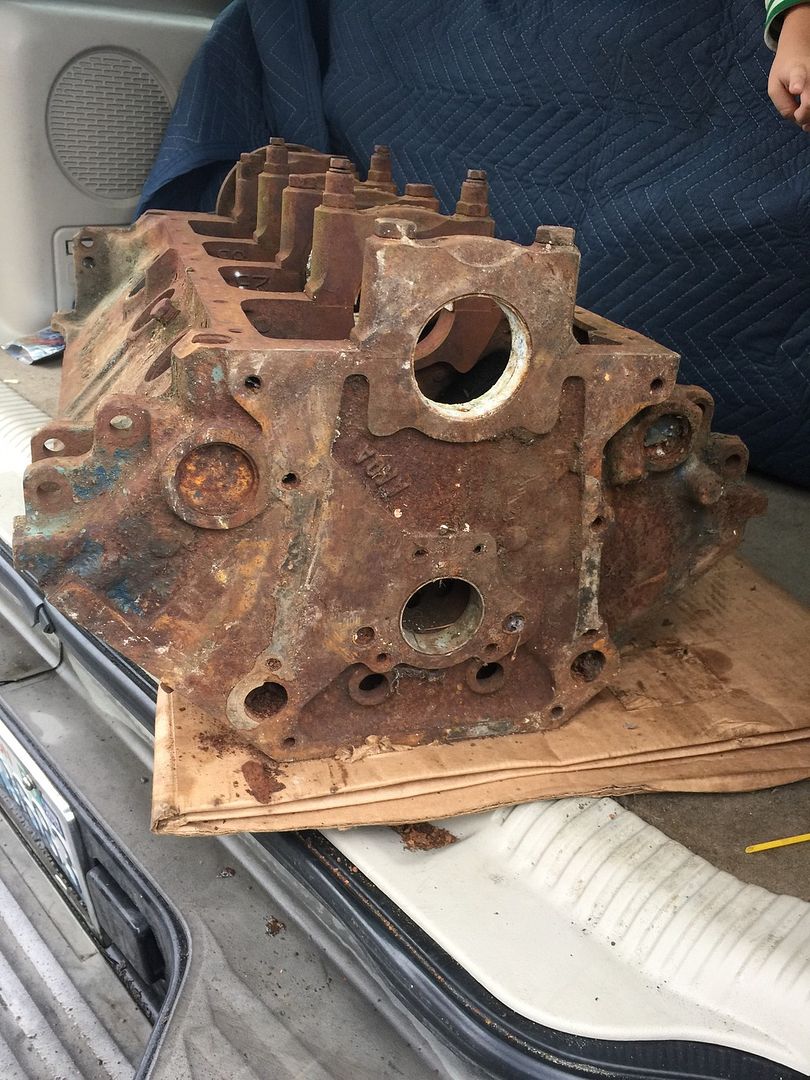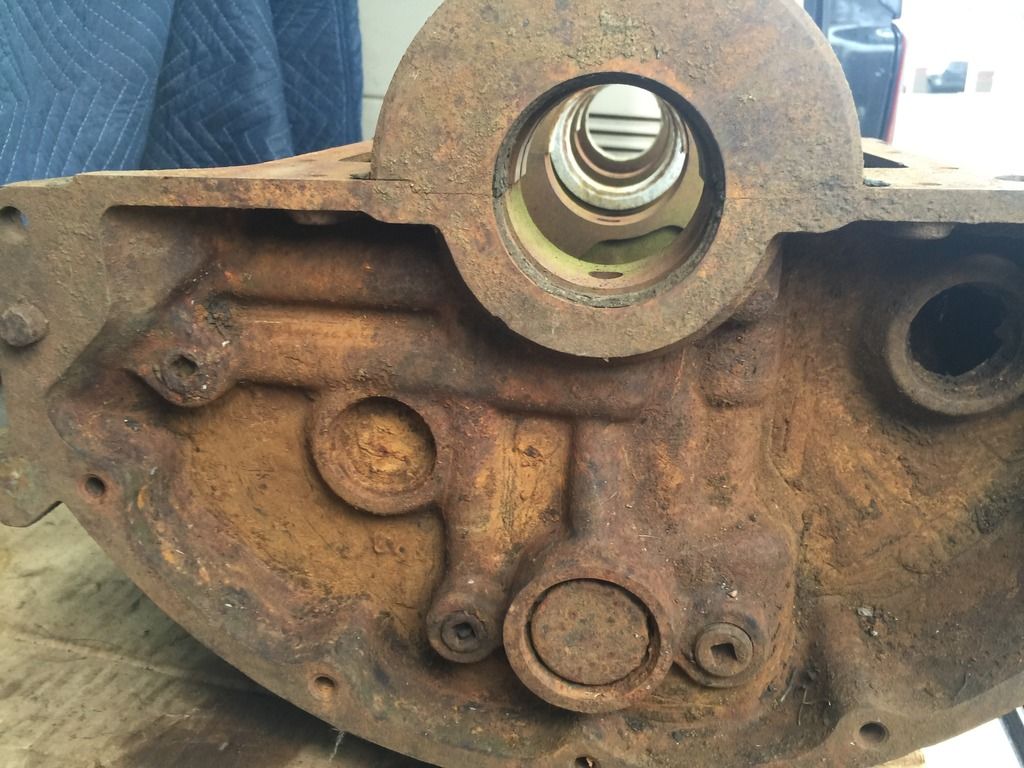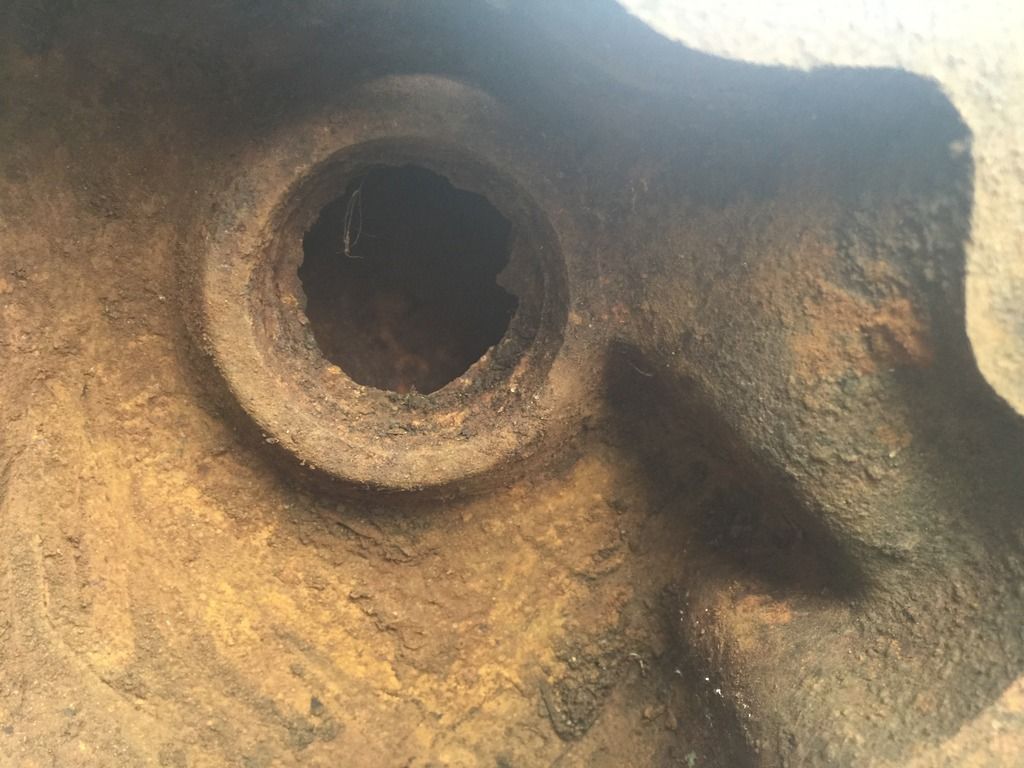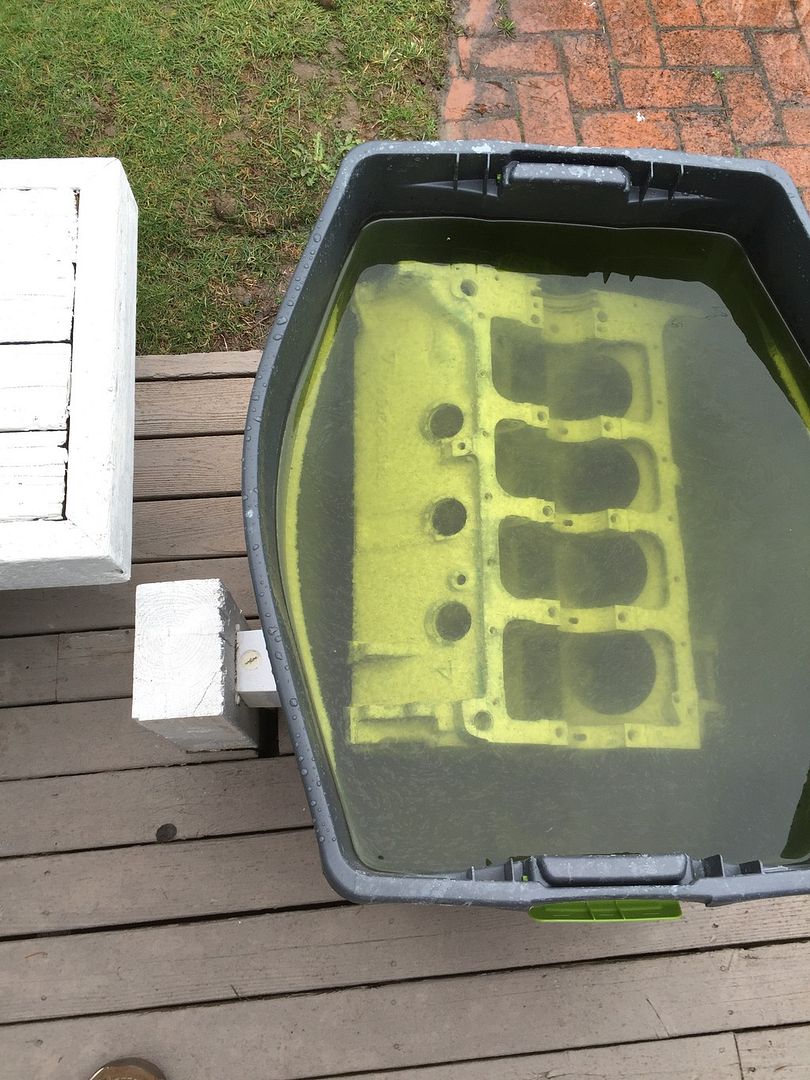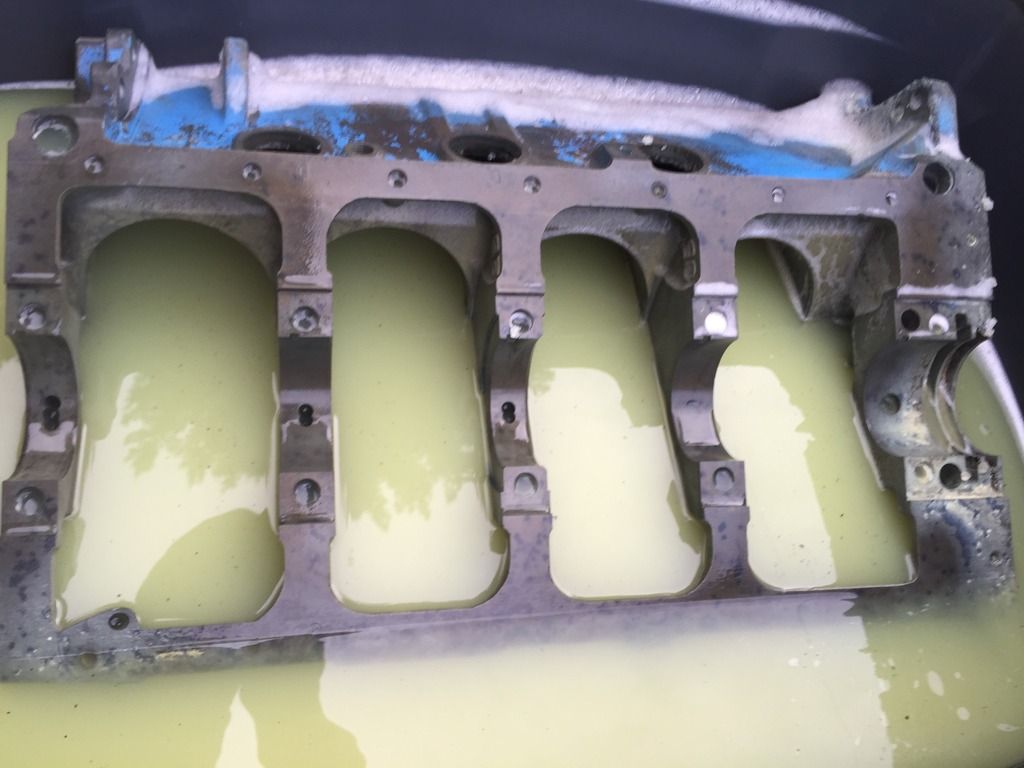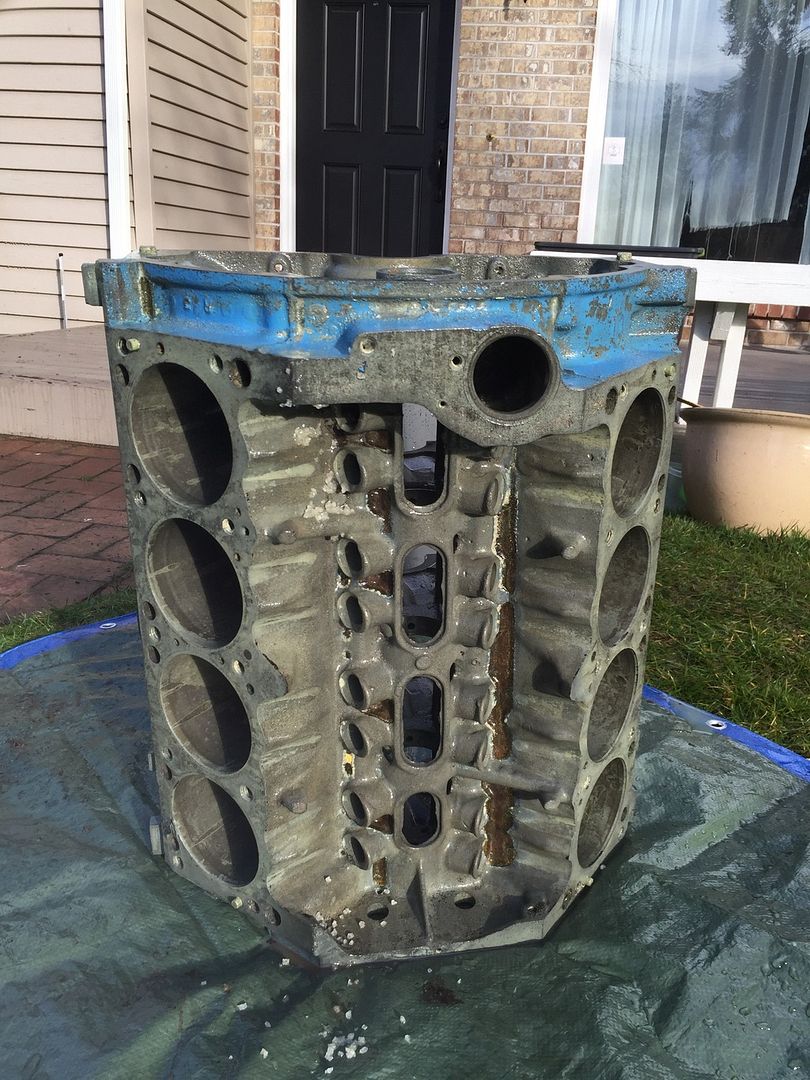I remember being 13yo (1983) and my Kuwahara had a bit of rust up by the neck, where 2 plates with holes in them are at the neck.
I hated that rust!! Bothered me like crazy.
Back then I used navel jelly (sp?) and it helped but there are so many products out there now....



 Reply With Quote
Reply With Quote
